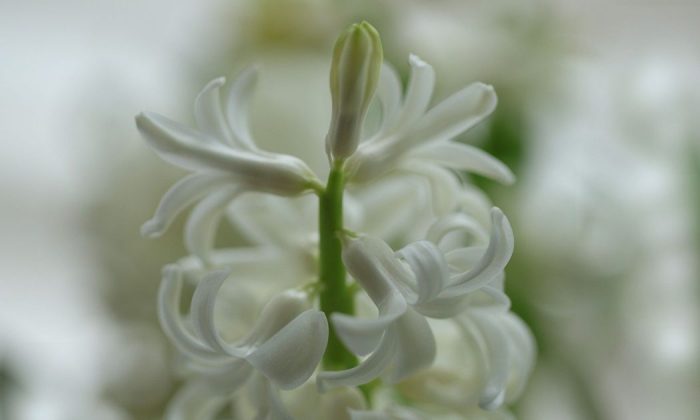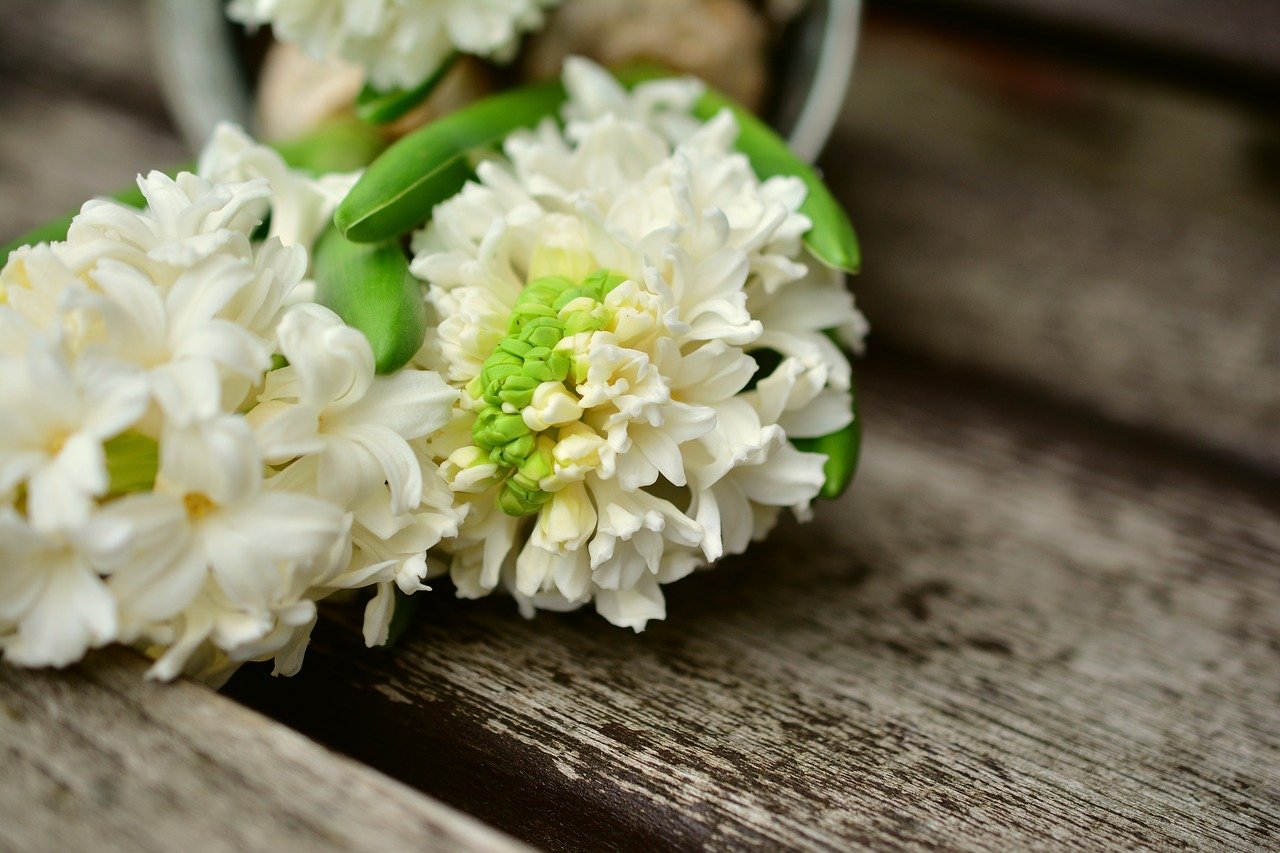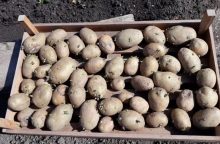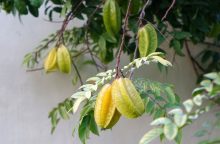Spring shopping tips – summer hyacinth aka galtonia

When you find yourselves searching market stores for some interesting novelties for your garden, do not forget the good and old-fashioned galtonia (Galtoniacandicans). This plant used to be quite common everywhere but it is rather rare these days.
You may also know it as the summer hyacinth or under other folk names. Probably because its flowers resemble happy summer times…
If you see rather large bulbs, you are looking at hyacinth
This beauty comes from southern Africa and its bulbs can be up to six centimetres in diameter. You can plant them outside in mid-April. They need light and high quality soil which needs to be worked down to approximately 25 centimetres. Large onions must be covered with at least 15 centimetres of soil – above the top of the bulb. Ten centimetres is ok for smaller ones. Hyacinths look better in groups and you should plant them about 20 centimetres apart.

Snails – the biggest enemy of galtonia
Young leaves appear soon after planting but unfortunately, they are very attractive tosnails and slugs. If you spot them place snail traps around and try to eliminate as many possible hiding spots for snails. Galtonia leaves grow straight up at first, but later they lie down. Make sure to provide adequate watering and fertilize with common products twice a month.
At the beginning of summer, 1-2 leafless stems appear in the middle of leaf rosettesbut flowers usually appear in August. Stems can reach a height of 120 centimetres, so we recommend tying them to a suitable support to prevent braking in stronger winds.
When the flowering period is over,galtoniaproduces plenty of seeds, but you canmultiply it easily from bulbs. Therefore, do not weaken it unnecessarily and cutoff the seed ovaries in time.
Wintering galtonia
As soon as the last stem finish blooming,cut it as close to the ground as possible. In mid-autumn, take the bulbs from the ground and store them for the rest of the winter in a room with temperature of around 10 °C. Galtonia can sometimes survive even frosts, but do not let that fool you. Flowerson long stems are also quite popular and are cut for flower bouquets.
Preview photo: Pixabay

Gardening is my hobby, I have a lot of experience and I am happy to share it.








0 comments